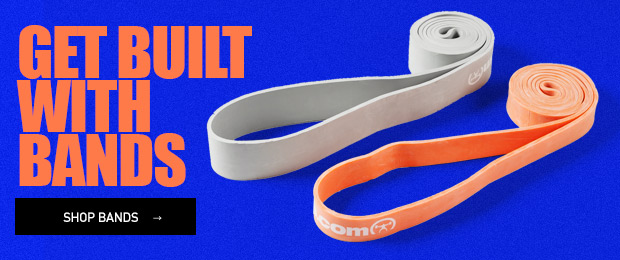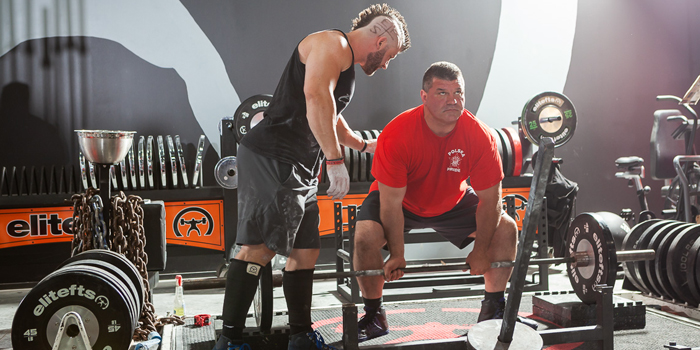
Very often I see people who train rowing exercises or lat pulldowns pull with very much force and let the swing from the hard pull precede the movement. But are you really getting stronger by doing that? Can you really use that strength in other exercises? If you believe you’re getting a more solid upper back for bench press, deadlifts, or squats by doing this, you are wrong. Let me explain!
What tension do you need in your upper back to precede a solid deadlift or a heavy bench? You’re not using a dynamic movement in your upper back, even when you are moving. It’s your hip that takes the dynamic movement in the deadlift, and your upper back needs to stay tight all the time. If you lose the tightness in your upper back, you’re screwed! When you realize that, I think you’ve figured out you need to change the way you train. So what should you do?
Well, since it’s the static pressure that keeps your upper back tight, you need to train the static pressure. Say you’re doing a barbell row; you should focus to stay tight in a two- to three-second pause in the end position of the exercise.
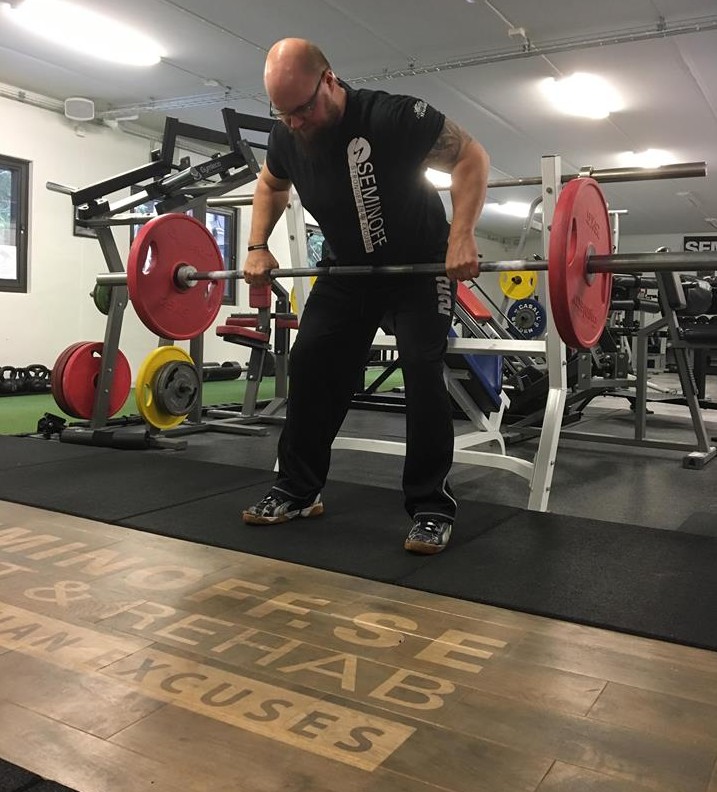
I’ve been thinking a lot about this since posture is one of my specialties that I worked with for more than 15 years. One of the things that helped me realize this was that Eskil Thomasson, who trained at the Westside Barbell for nine years, started to do sled pulls to increase his deadlift. So, what are you doing in a sled pull that could help your deadlift? You keep your upper back tight! You just tighten your upper back and walk backward, and your postural muscle chain stays active while your legs are moving, which is also forcing your abdominal pressure to stay active!
The abdominal pressure — which I wrote about in another article — and your upper back are the two most important factors in having a good posture when you lift weights and in your life in general. You need to have a strong upper back with a strong core to stay upright.
Another thing that gets the strength to support other exercises is HOW you do them. For bench press, I like to train my upper back while lying on a bench on my back. I used to lie on my back and do the row from above with a band and put a V-handle and pull against my chest. You might wonder why I don’t do seal-row instead since it’s so much easier to set up. The answer is that in a seal-row, you have your chest as the weight-bearing point. And when you’re doing your bench press, you are laying on your back, which means your back is the weight-bearing point.
The reason why it matters is if your back is the weight-bearing point, your other muscles support that position. If you’re doing chest-supported rows, your muscles support your position in the opposite. It plays a huge role in how you train your muscle chain. It can sound a little bit backwards to think like that, and I realize I need to write a bigger article later just to explain better. But my advice is just to try it out and feel the difference!
When you are doing reversed flyes for the bench press, lie on your back, and attach the bands above you, or just train it in the cable-cross. And don’t forget to pause at the end of the position for two to three seconds.
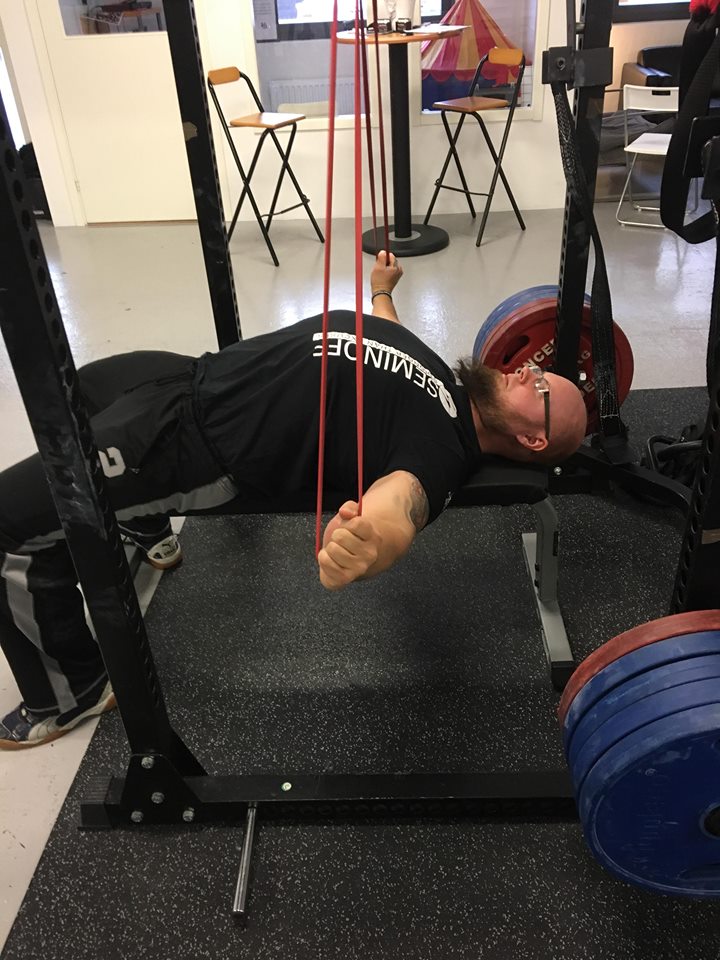
You should also think about doing the same setup as you have in the bench press when you do the reversed row from above or the reversed flyes. Then you train exactly the right muscles you need to get stronger in and you do it in regards to the relationship to the muscles they are supposed to assist!
If you need a stronger upper back for deadlifts or squats, place yourself in the right position to train the muscles in an equal way. In a standing barbell row, do a standing row with different handles — all with a pause. You could also squat with a sandbag hold on your chest or a heavy medicine ball. The static strength development in your upper back that you get by doing this will surely make you realize why you need to do this in your training!
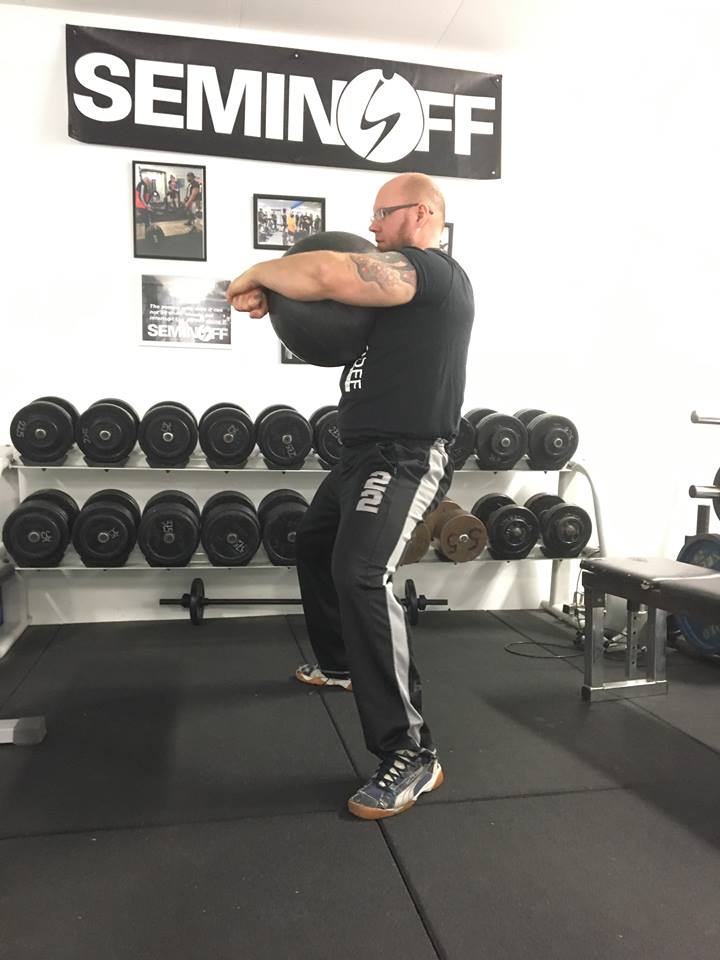
Remember:
- A solid upper back can handle more weight!
- To combine different types of strength (dynamic and static)!
- To train more effectively and become stronger!
I’m always interested in new exercises to use in the conjugate system, so if you post any Instagram clips or pictures, make sure to tag me @seminoff in them. Thank you!










